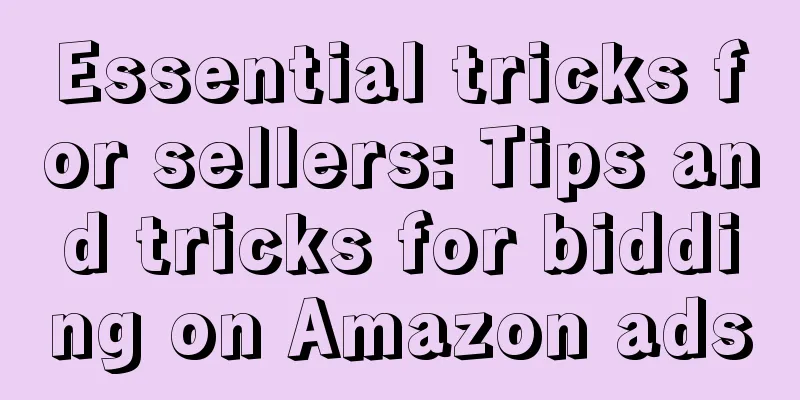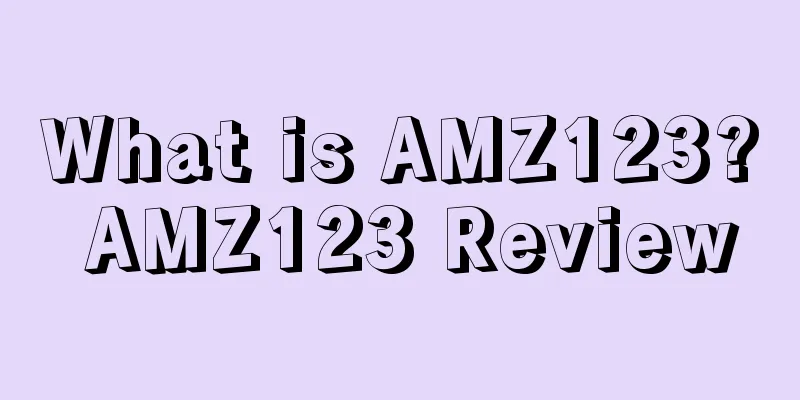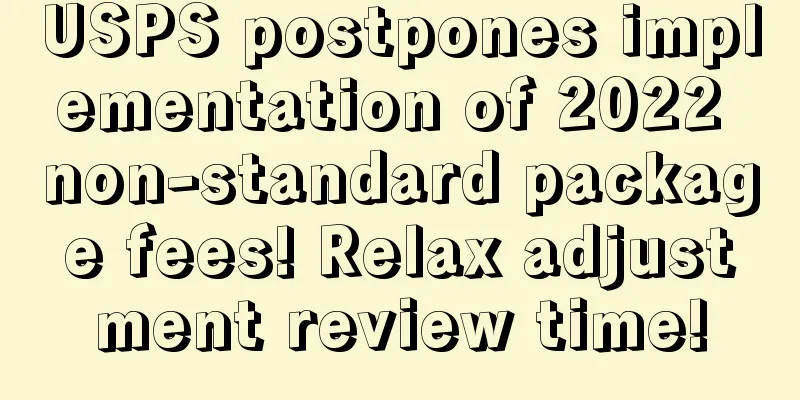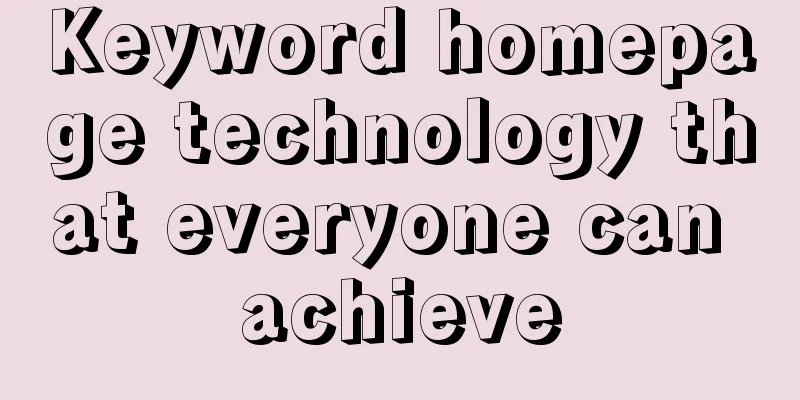Essential tricks for sellers: Tips and tricks for bidding on Amazon ads

|
When placing Amazon ads, sellers need to learn how to bid. Bidding is a basic course for Amazon sellers to bid on keywords, which affects the ranking and display position of the seller's ads on search results. Different display positions have different cost per click (CPC). A high bid can increase the conversion rate. Although the advertising expenditure increases, the higher the conversion rate, the lower the ACOS. Bidding patterns that sellers should avoid 1. Ignore optimization bidding If sellers want to gain benefits from bidding, they must optimize their bids. Many sellers ignore optimizing their bids and keep all ad bids the same without changing the bids. 2. Setting bids by guesswork When setting advertising bids, some sellers make bids based on their feelings, thinking that their sixth sense is very accurate. However, advertising bidding is not metaphysics and needs to be supported by data. 3. Bidding recklessly Bidding recklessly can cause your ads to cost too much. Just like guessing, bidding recklessly can hurt your ads’ performance. Don’t make drastic changes to your bids without evidence, unless you have sufficient data. 4. Excessive pursuit of low ACOS When new sellers discuss the advertising goals they hope to achieve, low ACOS is one of the goals. Although ACOS of 1% looks good, you must have a lot of advertising budget left, so sellers should not be stingy with their bids. Low ACOS does not mean high profit. You should find the ACOS that maximizes traffic and exposure. Bidding optimization strategy The core of bidding optimization Recommended Reading |
<<: The first step to boost sales during peak season: 2019 Halloween product selection guide
>>: Amazon Grocery Selling Guide
Recommend
Being both a referee and a contestant? What should sellers do if they are copied by Amazon’s own sales?
In last week’s article, we mentioned the incident ...
What is TaxJar? TaxJar Review
Founded in 2013, TaxJar provides easier sales tax ...
Amazon will be hard to do business in 2025! Major changes sellers must read!
The 2024 Amazon Global Selling Cross-Border Summit...
Unprecedented! Amazon is also doing crowdfunding! This new plan is very special...
Affected by the snowstorm in the United States, po...
What is Sellozo? Sellozo Review
Sellozo is an Amazon seller advertising optimizati...
The conditions are up to you! SC operation salary drops sharply but no one wants it. Is VC operation becoming a hot commodity?
Today I suddenly saw a boss in the group talking a...
What is Bangyue? Bangyue Review
Bangyue.com is a foreign trade knowledge service w...
FBA warehouse epidemic leaked! Did Amazon intentionally conceal it?
Recently, warehouses have obviously had a serious...
The number of sellers on Amazon Canada exceeds 40,000! A year-on-year increase of 14.3%!
<span data-shimo-docs="[[20,"获悉,据外媒报道,对于加拿...
How to choose keywords - reverse check competitor ASIN traffic words
one . Simple description 1. The more popular the ...
Americans continue to tighten their belts and flock to retail giants' own brands
According to the latest data, US consumer confiden...
The future of cross-border e-commerce: a large influx of sellers, the proliferation of public models, vicious price competition, how can high-quality sellers transform themselves?
About the author : An executive of a cross-border ...
Be sure to try the free review reminder app on Amazon!
text My customer has received the goods and is lo...
What is STARDAY? STARDAY Review
STARDAY is a cross-border e-commerce service platf...
Sales increased by 4279%! TK solved the Amazon Prime Day product selection and traffic dilemma
May is about to pass. Amazon’s Prime Day in July i...









